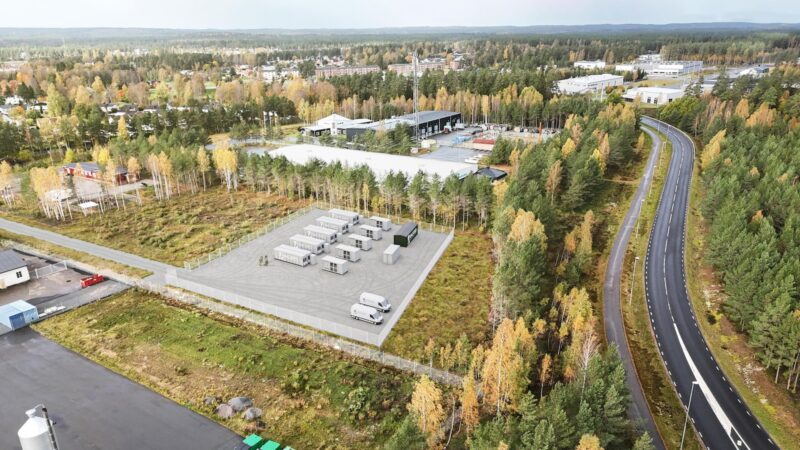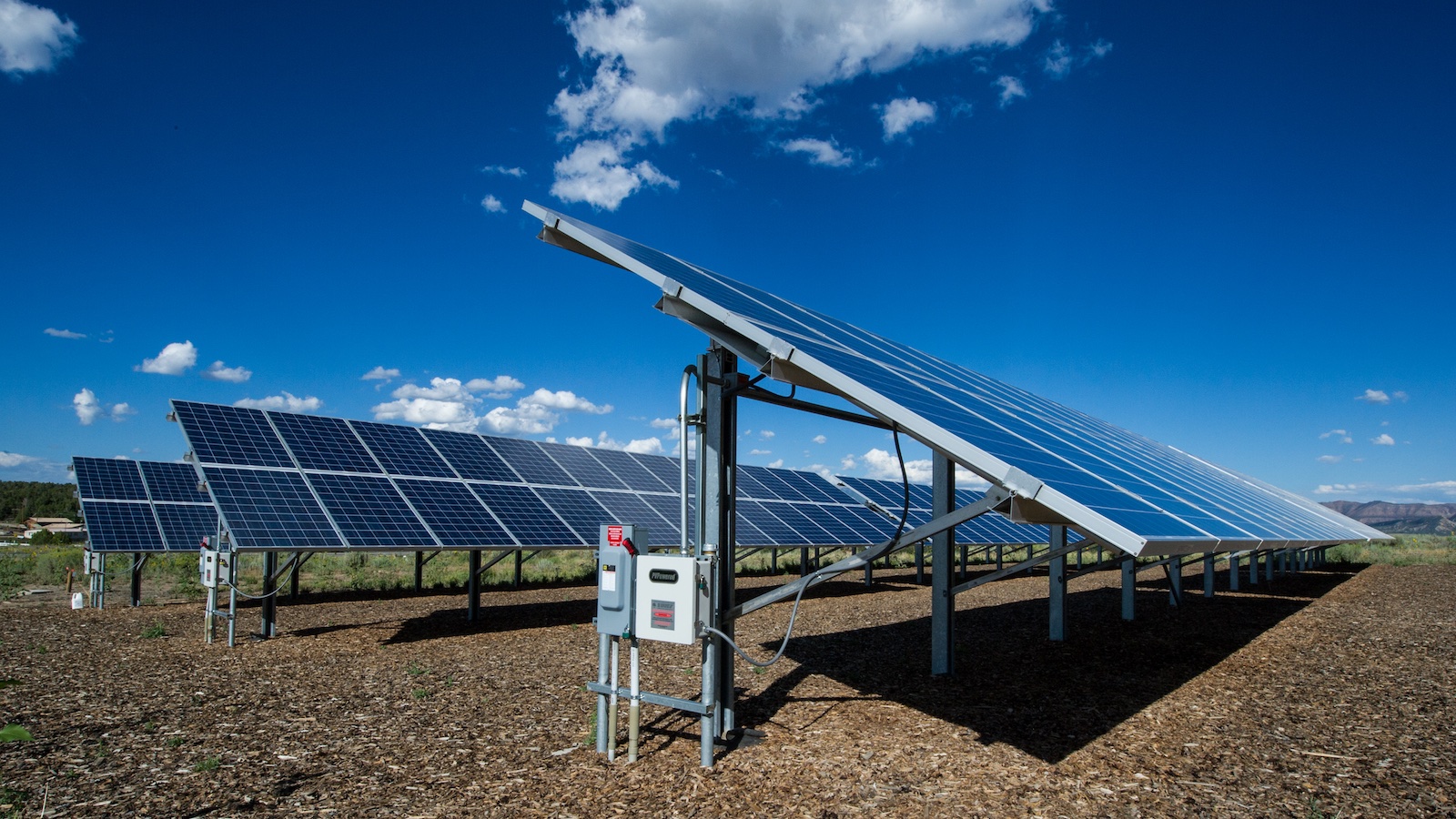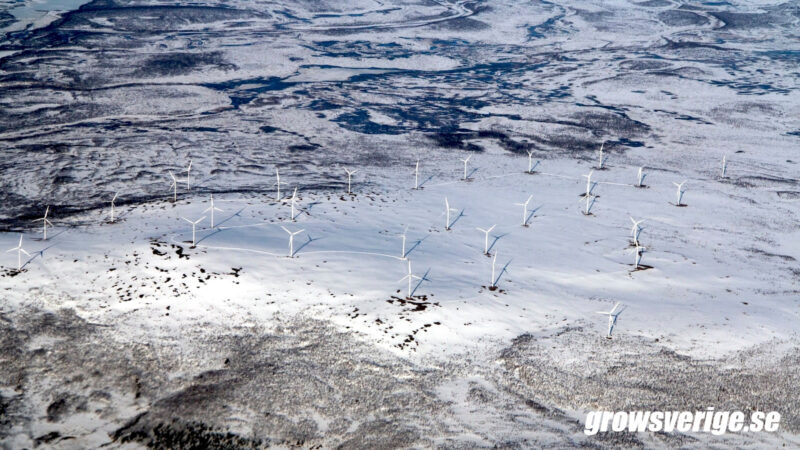Vad händer
Kontext
I början av 2000- talet satte den svenska regeringen ambitiösa mål för vindkraften och man har byggt ut beståndet målmedvetet och i hög takt.
Recognizing the potential of wind power, the government introduced a series of policies and incentives to encourage investment in the sector. These measures included tax breaks, feed-in tariffs, and grants for research and development.
reve: The Rise of Wind Energy in Sweden: A Promising Trend
Följden av dessa åtgärder har varit en snabb uppväxling. Vindkraftens kapacitet har ökat från 200 megawatt år 2000 till över 7500 megawatt 2020.
One of the key factors behind the success of wind energy in Sweden has been the country’s favorable geography and climate. With vast expanses of open land and a long coastline, Sweden is ideally suited for the development of both onshore and offshore wind farms. Moreover, the country’s northern location means that it experiences strong and consistent winds throughout the year, making it an ideal location for harnessing wind power.
reve: The Rise of Wind Energy in Sweden: A Promising Trend
Den tekniska utvecklingen har varit en starkt bidragande orsak till ökad vindkraft i Sverige med ökad effektivitet, tillförlitlighet och kostnadseffektivitet. Kostnaden för vindkraft i Sverige har fallit så lågt att det nu är en av våra billigaste produktionsformer för elektricitet.
Vad har det för betydelse
Framtiden för vindkraft i Sverige är positiv. Regeringen har satt mål om hundra procent fossilfri elproduktion 2040 där vindkraften planeras spela en central roll. Planer och investeringar omfattar både landbaserad och havsbaserad vindkraft.
Beroendet av kol, olja, gas och uran minskar för varje vindturbin som byggs och de associerade utsläppen kommer fortsätta minska.





